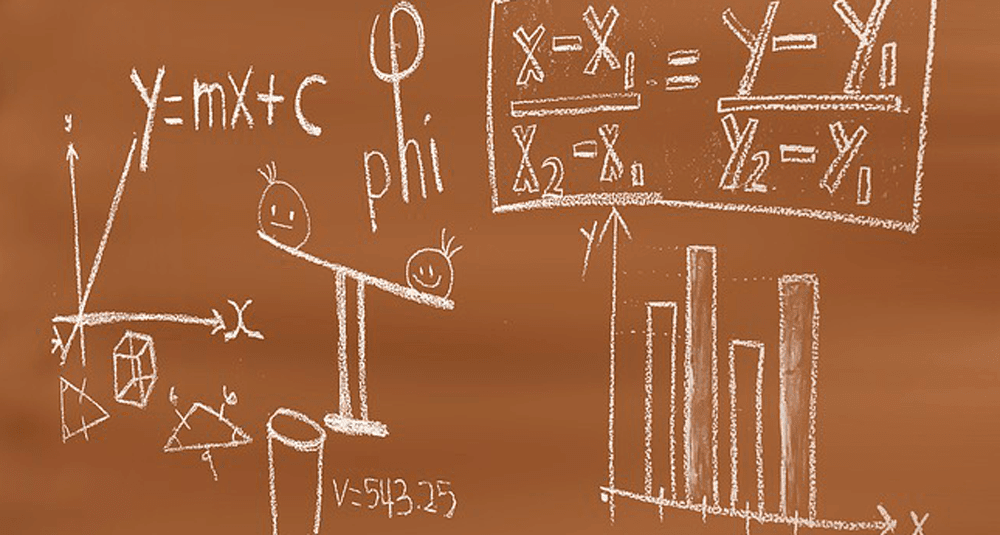In how many angles does a bisector cut a half-line?
Last Updated:
The bisector is a fundamental concept in geometry. It designates a straight line or half-line that cuts an angle into two equal parts, dividing the initial angle into two angles of equal measure. One of its main characteristics is therefore to be a symmetry tool in geometric construction. In an angle formed by two half-lines, the bisector is the line that passes through the vertex of this angle and divides the space between the two half-lines into two equal angles.
Let’s take a simple example: if you have an angle of 60 degrees, the bisector of this angle will divide it into two angles of 30 degrees each. This creates a perfectly balanced distribution of angles, which is of crucial importance in many geometric problems, especially when calculating distances or optimizing shapes.
It’s important to note that the bisector doesn’t change the measure of the total angle; it simply divides it into two equal parts. Indeed, the sum of the two new angles will always be equal to that of the original angle. For example, if an angle measures 90 degrees, after using the bisector, you’ll obtain two angles of 45 degrees each, whose sum remains equal to 90 degrees.
The bisector also plays a key role in more complex constructions, such as triangles. In a triangle, the interior bisector of an angle is a straight line that divides this angle into two equal angles and intersects the opposite side of the triangle at a specific point. This cut-off point divides this side into two segments proportional to the two adjacent sides of the angle. This principle is the basis of the bisector theorem, which is often used to solve problems involving triangles.
From a practical point of view, the bisector is a useful tool in applications such as architectural design, engineering and navigation, where it is necessary to divide angles precisely. The symmetry and regularity it provides are essential for many geometric constructions and technical solutions.
A bisector divides an angle into two equal parts. When you draw a bisector through an angle formed by two half-lines, you obtain two equal angles, whatever the initial measure of the angle. This concept is essential in geometry, as it enables precise, symmetrical divisions to be created in a multitude of geometric shapes and practical applications.
You may also be interested in
sciences

In how many angles does a bisector cut a half-line?
Answer
A bisector divides an angle into two equal parts, creating two angles of equal measure from the initial angle.